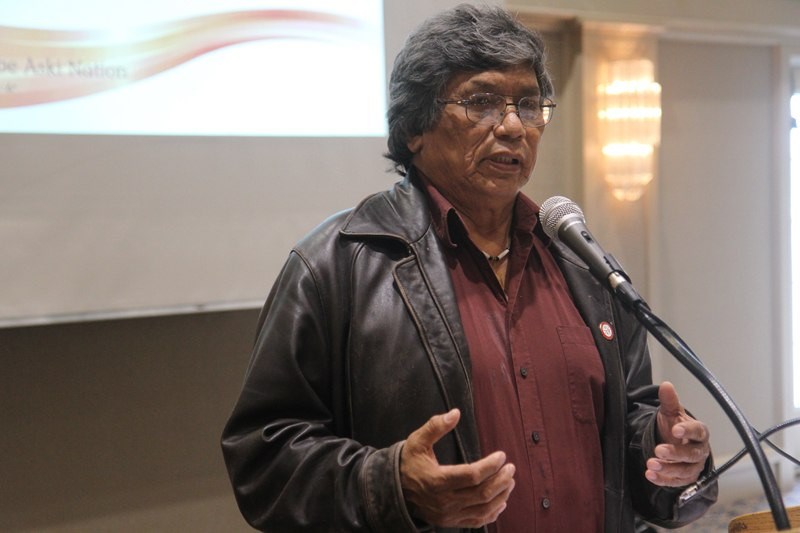Luke Sagutch has always wanted to educate people on the residential school system and the impact it has had on First Nations people in Canada.
A residential school survivor, Sagutch was present Wednesday afternoon when Nishnawbe Aski Nation launched its residential school curriculum at the Airlane hotel.
Developed by the political organization over the past five years, the curriculum includes the history of the residential school system in Canada, detailed lesson plans for Grades 9 to 12 and survivor stories.
NAN educators are working on implementing it into First Nation schools.
"To see it coming into the curriculum, it really excites me," said Sagutch.
"I want to see our people, not only First Nations people, people in general, people in our greater society to come together as one nation. That's what my hopes and dreams are as well," he said.
The plan for the curriculum is to not only teach it in schools in NAN territory, but also to eventually have other school boards adopt it across Ontario.
Deputy Grand Chief Alvin Fiddler said he feels the curriculum is important enough to be delivered into mainstream schools and the next step is to reach out to other school boards and the province's Ministry of Education.
Fiddler said he hopes to see the subject become mandatory in all schools and it took so long to develop the curriculum because they wanted to do it right and make sure the survivors' stories were reflected in the material.
"We had to take time. It's something we didn't want to rush through," he said.
Deputy Grand Chief Goyce Kakegamic, who holds the NAN education portfolio, said he believes the curriculum is vital to understanding the tragedy of residential school era in Canada.
"I think the greater society needs to understand the history and the events and I think through that it will promote tolerance and understanding of different cultures," he said.
About 5,000 NAN members attended residential schools and the curriculum is designed to bring awareness to the intergenerational impacts the system had on First Nations people and promote awareness in reclaiming language, culture and skills that were lost during that time.
